

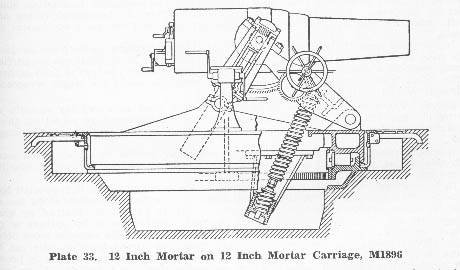
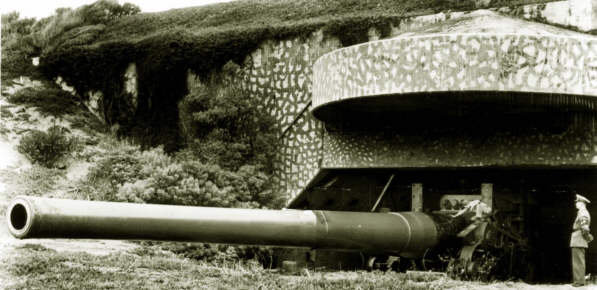
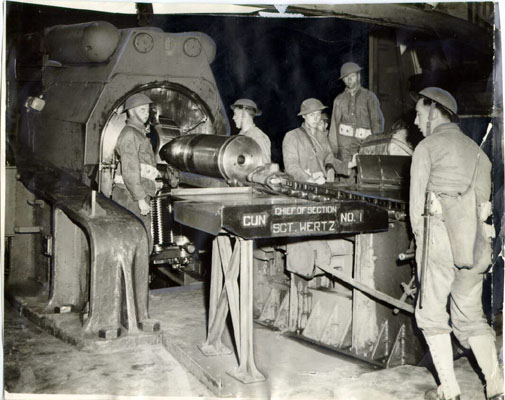
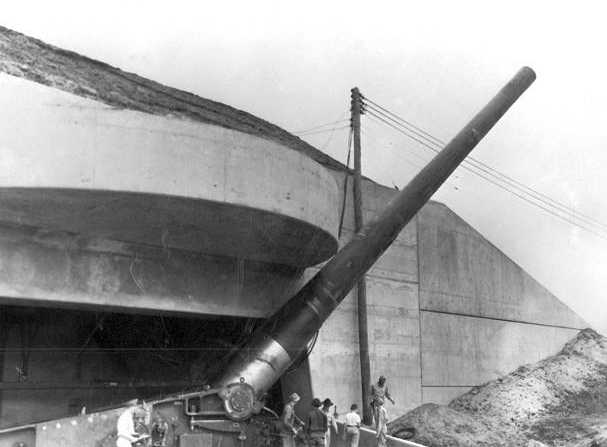

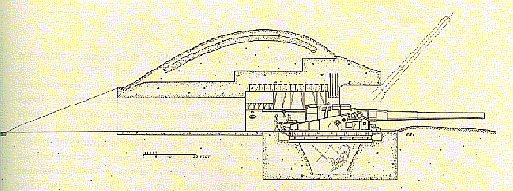



|
A USAF Station: Named the "Highlands Air Force Station", this base became a U.S. Air Force installation around 1948 and was operated by the 646th Air Control and Warning (AC&W) Squadron from March 1951 to July 1966. |
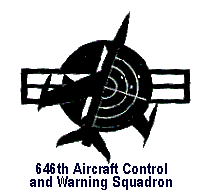 |
|
AN/CPS-6B: The AN/CPS-6 was developed during the later stages of World War II by the Radiation Laboratory at MIT. The first units were produced in mid-1945. General Electric developed and produced the A-model and subsequent B-model at a plant in Syracuse, New York. The unit consisted of two antennas. One of the antennas slanted at a forty-five degree angle to provide the height-finder capability. Initially, the radar was designed to detect fighter aircraft at 100 miles and 16,000 feet. The radar used five transmitters that operated at S-band frequencies ranging from 2700 to 3019 MHz. It took twenty-five people to operate the radar. An AN/CPS-6 radar was installed as part of the Lashup system at Twin Lights, New Jersey, in 1949 and proved capable of detecting targets at ranges of eighty-four miles. The first units of the follow-on 6B radar set were ready for installation by mid-1950. Fourteen 6B units were used within the first permanent network. A component designed to improve the radar's range was added in 1954. Initial tests showed the 6B unit had a range of 165 miles with an altitude limit of 45,000 feet. One radar unit and its ancillary electronic equipment had to be transported in eighty-five freight cars. The Air Force phased out the 6B model between mid-1957 and mid-1959. |
 An AN/CPS-6 Antenna |
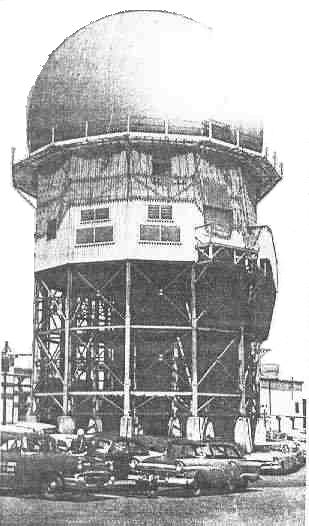 The AN/FPS-7 Tower at the Highlands |
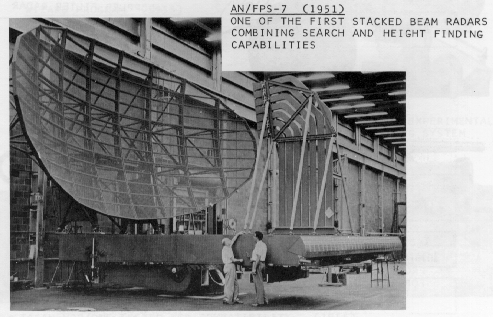 The AN/FPS-7 Antenna AN/FPS-7: A very large L band (1250-1350 MHz), search radar with a search altitude of 100,000 feet and a range of 270 miles. Made by General Electric to replace the AN/CPS-6. The first set began operating at Highlands, New Jersey, in 1959, and was used for both air defense and air traffic control. |
|
AN/FPS-8: Medium range L-band (1280-1380 MHz) search radar made by General Electric in 1954 and 1958. |
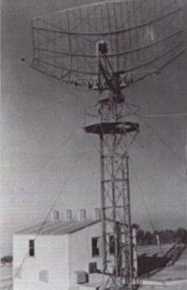 An AN/FPS-8 Antenna |
|
AN/FPS-69: An "Alternate Battery Acquisition Radar" (ABAR) or Defense Acquisition Radar - Alternate Acquisition Radar. |
 AN/FPS-69 |
|
AN/FPA-15: ECCM (Electronic Counter-Counter Measures) consoles employed with the AN/FPS-69. A video presentation monitor systems used to compare data from two radar systems during enemy jamming operations. |
 AN/FPA-15 |
|
AN/FPS-6/6B: A S band (2700 to 2900 MHz), height-finder radar with a maximum indication range of 200 nautical miles and a height measurement capability to 75,000 feet. The 30 foot high by 6 foot wide antenna could rotate 360 degrees in azimuth and nodded up and down in elevation. Made by General Electric in the mid 1950s. AN/FPS-26A: A C-band (5400 to 5900 MHz) height-finder radar built by Avco in the 1960's. Replaced the AN/FPS-6. AN/FPS-90: Based on the FPS-6, this Martin Marietta (GE) height-finder radar operated on the S-band. Mid 1960's vintage. |
 The Massive AN/FPS-6 Height-Finder Antenna |
|
AN/FSG-1 Missile Master and AN/TSQ-51 Missile Mentor: The AN/FSG-1 Missile Master system was installed to automate the function of the manual plotting board. The Missile Master used data from its own radar and computers to acquire, track, and plot targets. Targets were selected and this data was fed to the individual NY-NJ area Nike missile sites. On July 4, 1960, the New York area Missile Master was activated and manned by personnel from the 52nd Air Defense Artillery Brigade (formerly stationed at Fort Wadsworth in Staten Island, NY). This Missile Master facility was located at the Highlands Air Force Station along with the U.S. Air Force 646th Radar Squadron. The 646th was a component of the "Semi-Automatic Ground Enviroment" (SAGE) system, based at McGuire AFB, NJ. In the 1960's, Missile Master was replaced by the AN/TSQ-51 Missile Mentor, a solid-state upgrade that could coordinate 24 Nike missile batteries. |
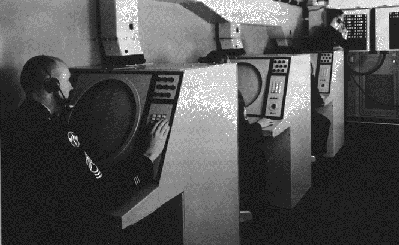 The AN/TSQ-51 Missile Mentor Operations Trailer |
| Main Page | Back to the Links Page | Contact Us |